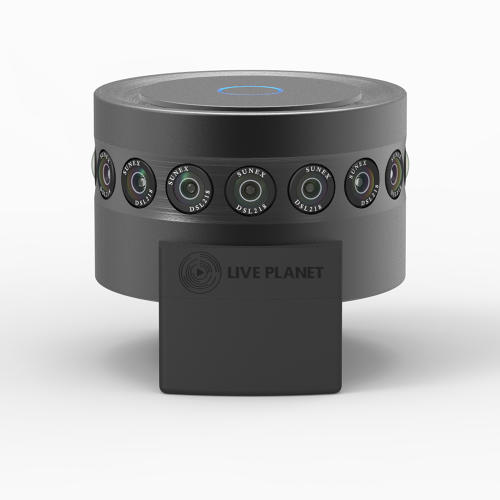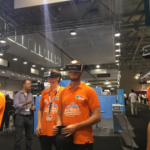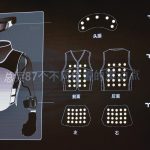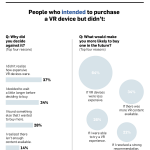Halsey Minor’s Reality Lab Networks Unveils Streaming VR System, Live Planet
Web publishing pioneer and serial entrepreneur Halsey Minor announced his move into the virtual reality field last year, and today he’s formally unveiled his company, Reality Lab Networks, and first product: A live streaming VR camera and video distribution service called Live Planet.
The live-action virtual reality camera and production world, while young, is already quite robust. Samsung’s Gear 360 and the Ricoh Theta have staked out the low-end, mass consumer space with an under $400 price tag. On the “cinematic” end of the spectrum, there’s the Jaunt One, a professional quality camera that can be rented for $4,500 per day, and Lytro’s Immerge, a system that could cost as much as $500,000 depending on the configuration. Then there’s the middle, prosumer category—such as the $5,000 GoPro Omni and the Orah 4i, which offers live streaming 4k video for around $2,000.
Reality Lab Networks’ Live Planet camera hardware falls into this mid range, price-wise, but Minor is pitching it to Hollywood pros as well. Live Planet sports 16 HD cameras embedded in a small black cylinder, which is about 4 inches in diameter and 3.5 inches high. It sells for between $5,000 and $10,000—depending on deals the company is offering—and is expected to ship in October.
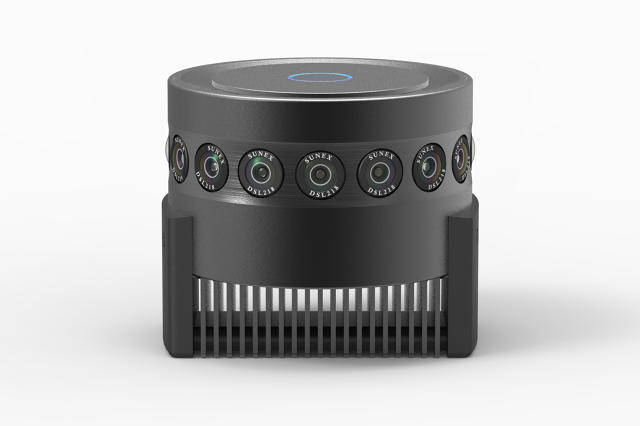
Beyond the camera, Reality Lab Networks is selling a service that streams video from the camera in real time and automatically formats it for the variety of platforms people might view it on, like Samsung Gear VR, HTC Vive, Oculus Connect, Facebook Live, or Google Cardboard.
“The ultimate goal is to get the video into the cloud, and make it simple and easy for everybody to reach their audience,” says CEO and founder Halsey Minor.
Reality Lab Networks is far from the only virtual reality video distributor. High-end VR camera-maker Jaunt, for instance, has a cloud distribution system that supports multiple formats; but Jaunt doesn’t do live video. “We’re shooting more for the quality than just trying to do something live,” says Miles Perkins, Jaunt’s VP of marketing communications.
Minor, the founder of CNET Networks and an early investor in Salesforce.com, who was a multimillionaire with his own investment firm until going bankrupt in 2013, has lately returned to the startup world. His latest projects include a digital-money company, Uphold, and a Minecraft-like VR game-building startup, Voxelus. But he says his primary focus now is on Reality Lab Networks, which is self-funded. “This is the one I’m running. This is my job for the next eight years or so,” he says. “Because I think this is going to be a long run.”
To make live streaming possible, Reality Lab Networks built a camera system that can output the video in real time. Multi-cam VR devices usually need separate processing on another device, often with adjustments by hand, to align the video from each camera into two seamless globes, one for each eye. The Live Planet’s onboard computing stitches together the raw video coming straight off the sensors from its 16 built-in cameras. And it outputs a ready-to-watch 4K stereoscopic stream just about instantly.
I tried the system at a demo set up poolside at the hip Roosevelt Hotel in Hollywood. Waving my hand in front of a camera, I saw it move just a tiny fraction of a second later on the Samsung Gear VR headset I was wearing. I could click a button on the headset to flip among views from two Live Planet units set up around the pool. The live video kept up with my head turns.
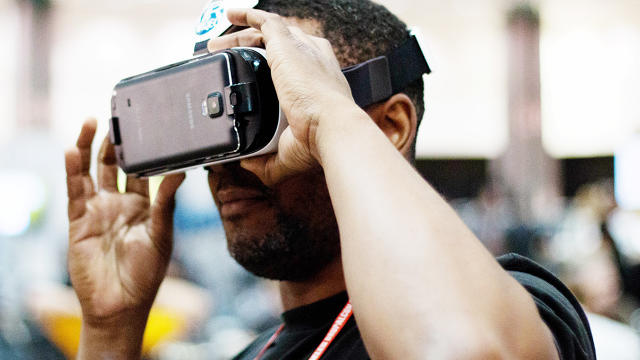
“We’re just one step away from Instagram and Twitter,” Minor says. “It’s like, I’m going to show you a picture of my dinner table with my friends. Now I’m going to drop a camera down, and now you’re going to eat with my friends.”
Minor says he’s keen on producing reality TV in VR, and he’s already met with production houses including Endemol Shine Group (Big Brother, The Biggest Loser) and Magical Elves (Top Chef, Project Greenlight).
Sports and music performances are also well-suited to live VR, he says. Live Planet cameras are small enough that they would be easy to place all around a venue—on stage with the band, one above them, a few in the crowd, and one backstage, for example. Fans could jump to and navigate around whatever part of the venue they choose, and have a DVR-like rewind feature to make sure they don’t miss anything.
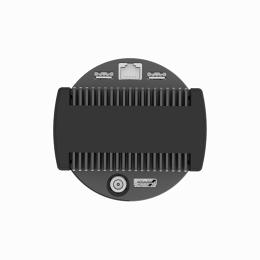
In addition to stereoscopic VR spheres, the Live Planet can also output several traditional video streams showing different angles on a scene—a multi-cam shoot with one camera.
The broad possibilities narrow when it comes to the cost of the system. Reality Lab Networks is initially offering 500 cameras at a promotional price of $4,995. “If we do more, it will be at a higher price,” says Minor. He doesn’t name a figure, but the MSRP for the device is $9,995. That’s more than double the price of the Orah 4i, which also offers 4K live streaming on the fly. But high-end VR filming is not a volume industry—Jaunt, for instance, has about 50 units rented out to clients like ABC News.
Live VR may indeed be a huge business some day, but its immediate future will likely be one of limited experimentation as the technology and genre evolve.
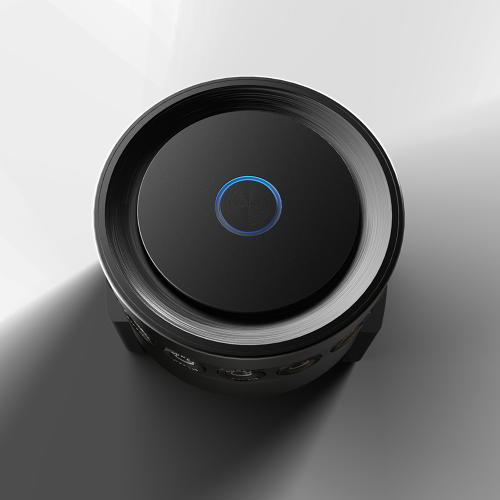
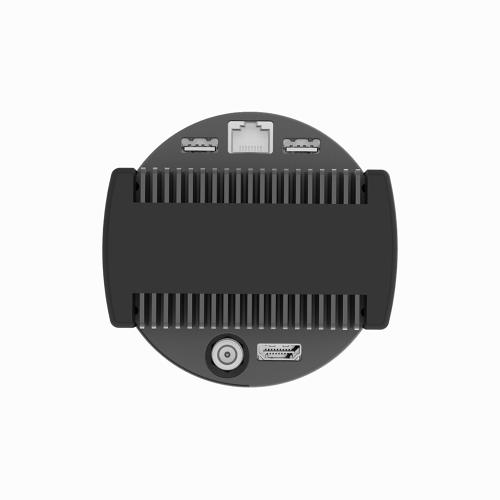
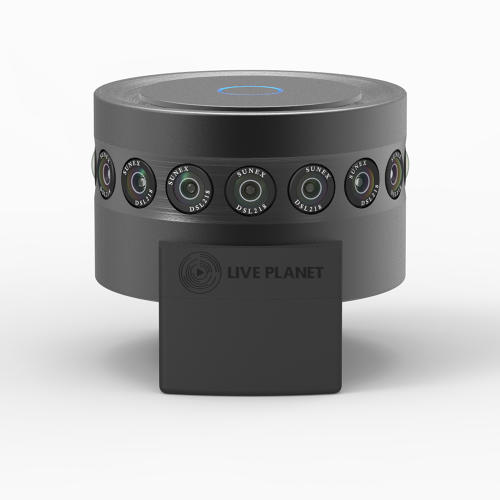
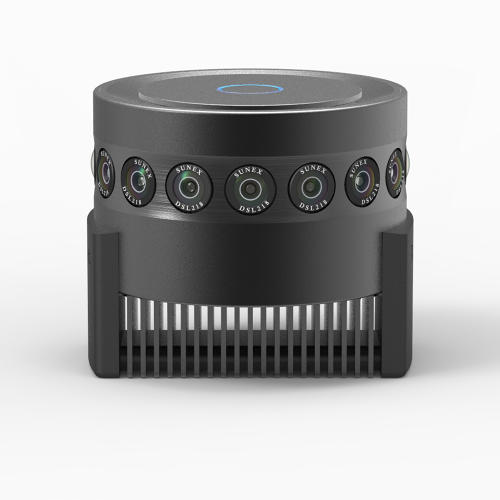
Fast Company , Read Full Story
(58)

